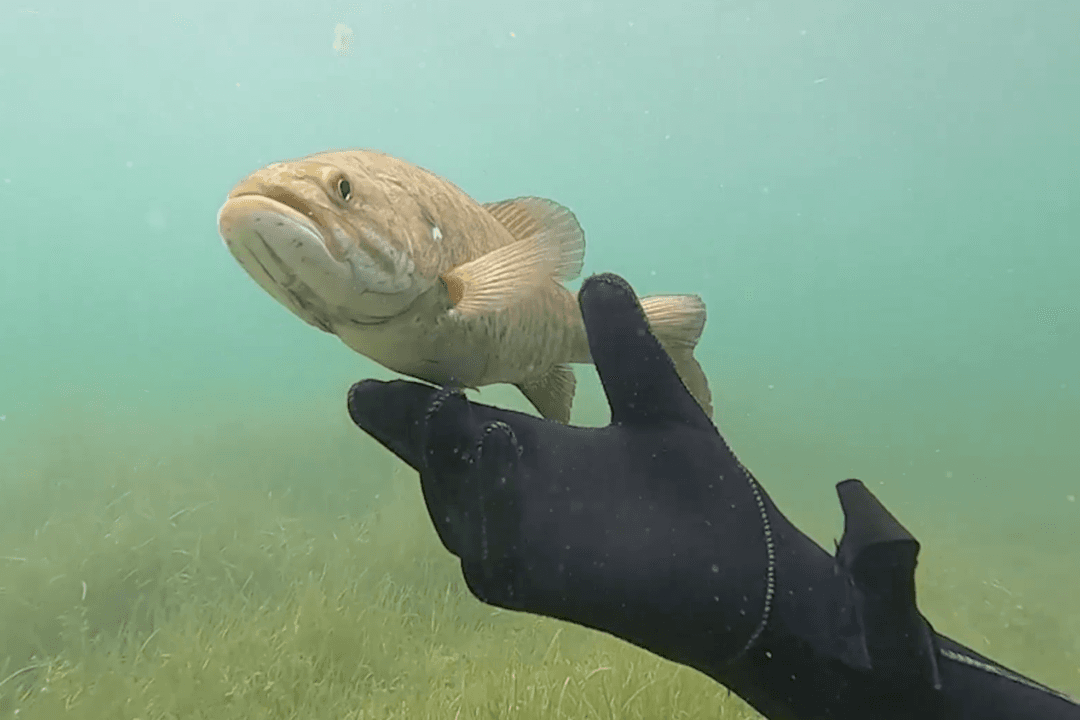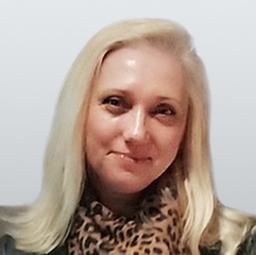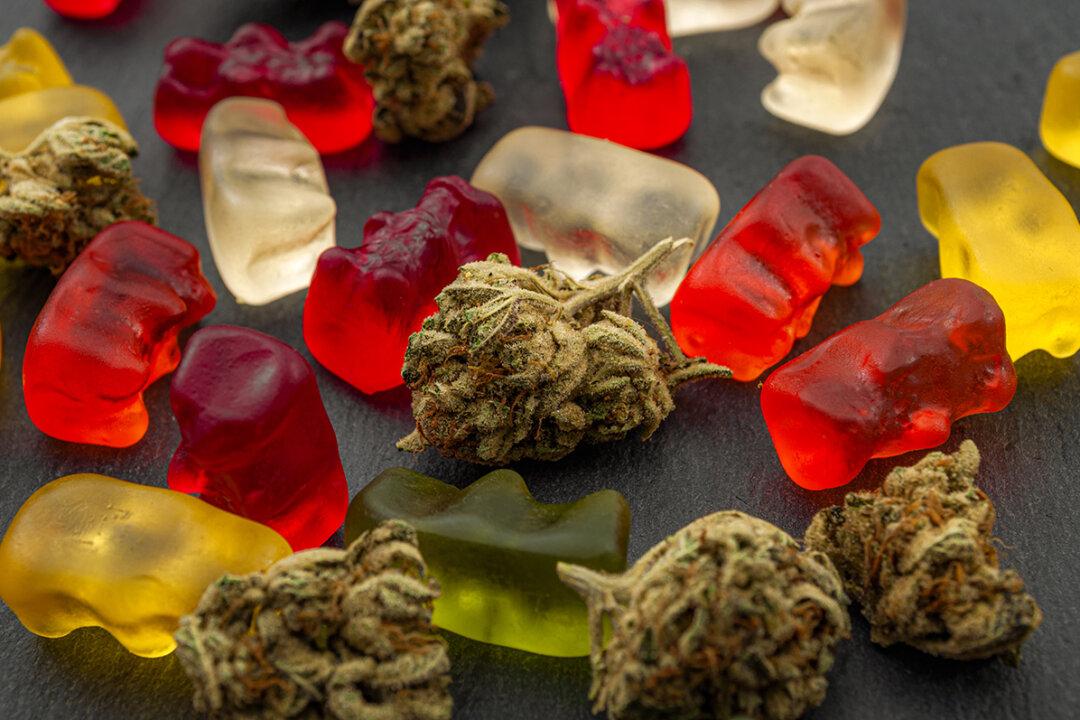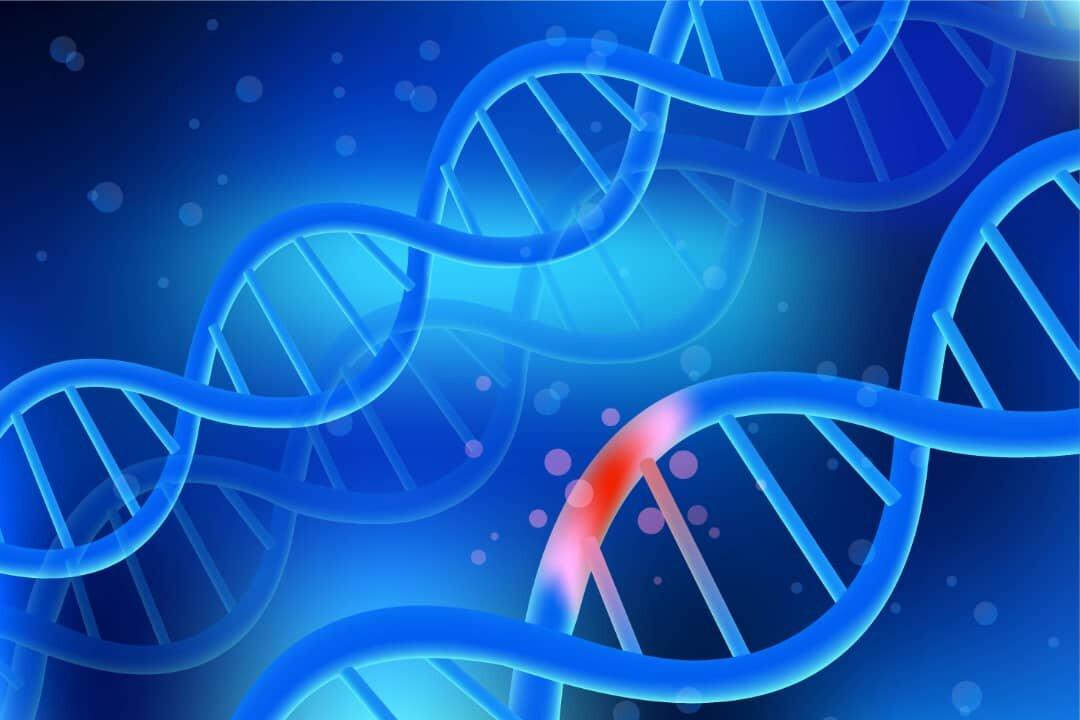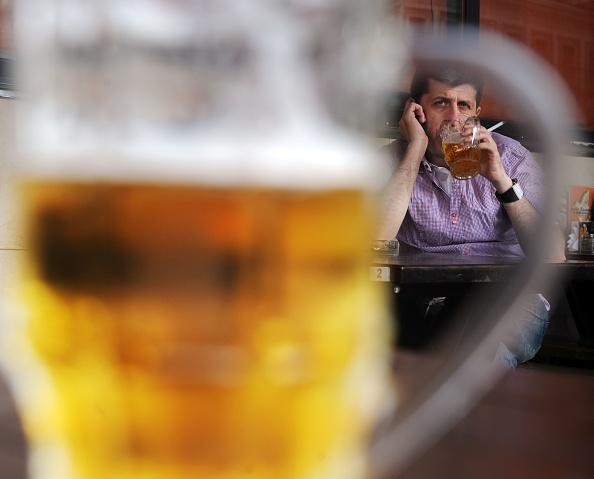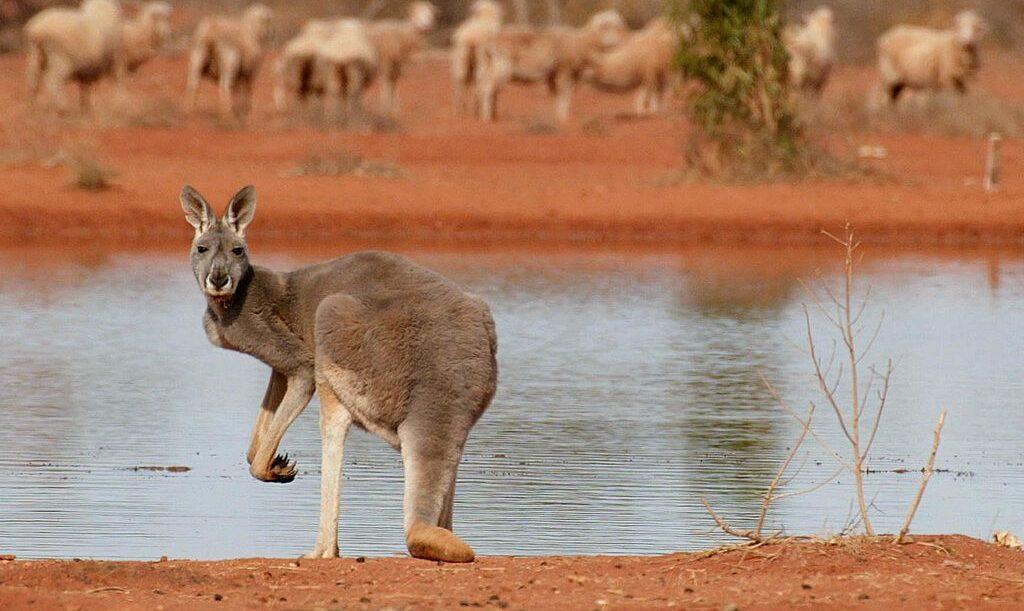As virtual modelling becomes increasingly available everywhere, the field of aquaculture is also taking advantage of it, new research in Australia shows.
Jessica Hintzsche from the University of Queensland (UQ) in Australia is using a computer simulation for the development of ‘digital twins’—a virtual model for the genetic tools available for barramundi farming.
